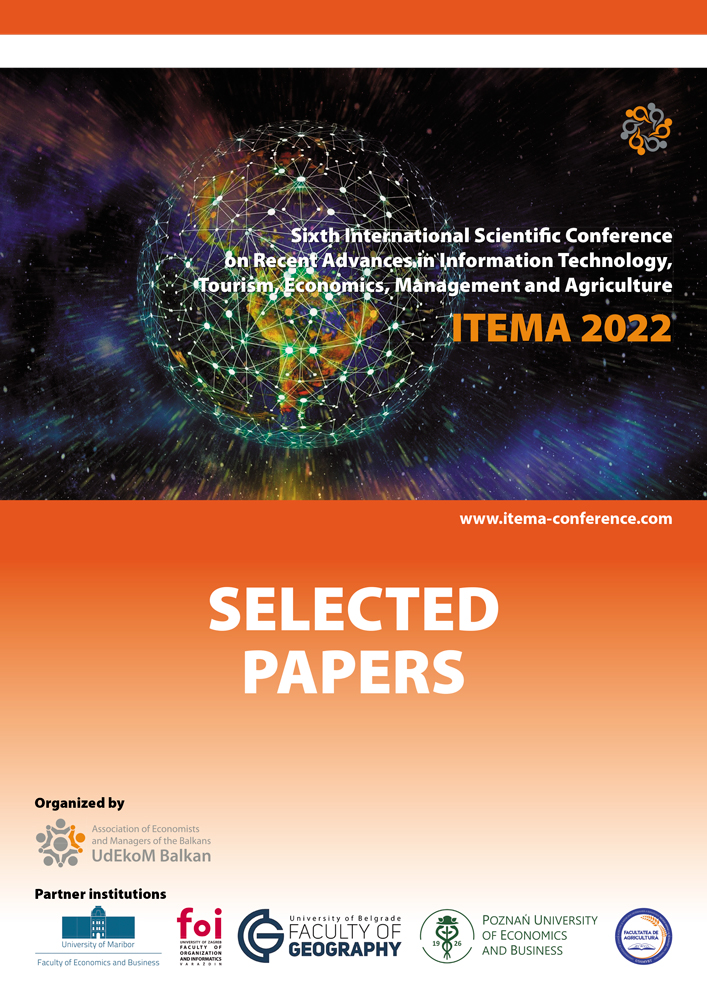Testing the Causal Relationship between Central and Eastern European Capital Markets: Evidence in Periods of Uncertainty in the Global Economy
Testing the Causal Relationship between Central and Eastern European Capital Markets: Evidence in Periods of Uncertainty in the Global Economy
Author(s): Paulo Alexandre, Rui Dias, Nicole Horta, Paula Heliodoro, Mariana Chombino
Subject(s): Social Sciences
Published by: Udruženje ekonomista i menadžera Balkana
Keywords: 2020 and 2022 Events; Capital markets movements; Portfolio diversification
Summary/Abstract: The purpose of this study is to examine the movements of capital markets in Austria (ATX), Serbia (BELEX 15), Hungary (BUX), Croatia (CROBEX), Russia (IMOEX), the Czech Republic (PRAGUE PX), Slovenia (SBI TOP), and Poland (WIG) from September 18th, 2017 to September 15th, 2022. To obtain more robust results, we divide the sample into two sub-periods: the Quiet period, from September 18th, 2017, to December 31st, 2019; and the Stress Period, from January 1st, 2020, to September 15th, 2022, marked by the global pandemic (COVID-19), the oil price war in 2020, and the Russian invasion in 2022. The time series exhibit non-normal distributions due to the presence of fat tails, a characteristic that is common in periods of extreme volatility. The results of the VAR Granger Causality/Block Exogeneity Wald Tests model verified the existence of 16 pairs of markets showing co-movements between them during the quiet subperiod. The market that causes more co-movements is the Austrian stock market (ATX), while the Russian stock index (IMOEX) does not cause shocks in the markets under analysis. In the Stress subperiod, we verify the presence of 42 pairs of markets causing (each other in the Grangerian sense. The stock indexes ATX, BUX, CROBEX, and PRAGUE PX show 6 causal relations in 7 possible, while the capital markets of Russia (IMOEX) and Poland are the ones that cause less (4 in 7 possible). In conclusion, we verify that the events that occurred in 2020 and 2022 have significantly increased the movements in these regional markets. Such findings could put into question the implementation of efficient portfolio diversification strategies and eventually some gains above the market average due to arbitrage levels. The authors consider this evidence to be relevant for supervisors, regulators, and investors operating in these regional markets.
- Page Range: 31-47
- Page Count: 16
- Publication Year: 2022
- Language: English
- Content File-PDF

